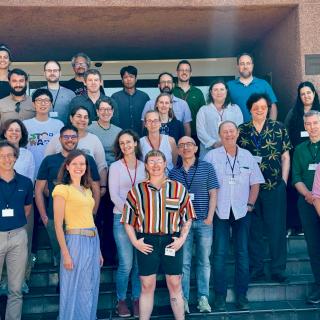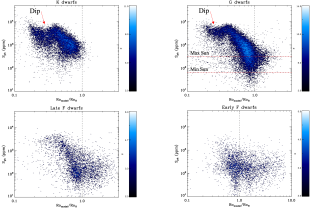The large amount of mass and angular momentum carried by disc winds makes them key processes to understand accretion onto compact objects, such as black holes and neutron stars. Here we present the discovery of an optical accretion disc wind in the X-ray transient Swift J1858.6-0814, a new binary system discovered in late 2018. Our 90-spectrum data set, taken with the 10.4 m Gran Telescopio Canarias (GTC), reveals the presence of conspicuous P-Cyg profiles in optical lines of helium and hydrogen. The evolution of these features indicates significant variations in the wind velocity, between a few hundreds and more than 2000 km/s. The reported high activity of the system at radio waves shows that the optical wind is contemporaneous with the jet, as is the case for the handful of black hole X-ray binary transients that have shown optical P-Cyg profiles. However, the recent detection of thermonuclear X-ray bursts in this system reveals that it harbours a neutron star, making it the first of this class showing an optical accretion disc wind.
GTC spectrum corresponding to the period when the P-Cyg profiles indicate the highest wind velocity. The insets show a zoom-in of the characteristic P-Cyg blueshifted absorption, indicating a wind velocity above 2000 km/s (Hα; red, dotted-dashed line).
Advertised on
Authors
Teodoro
Muñoz Darias
Montserrat
Armas Padilla
F. Jiménez-Ibarra et al.
References



